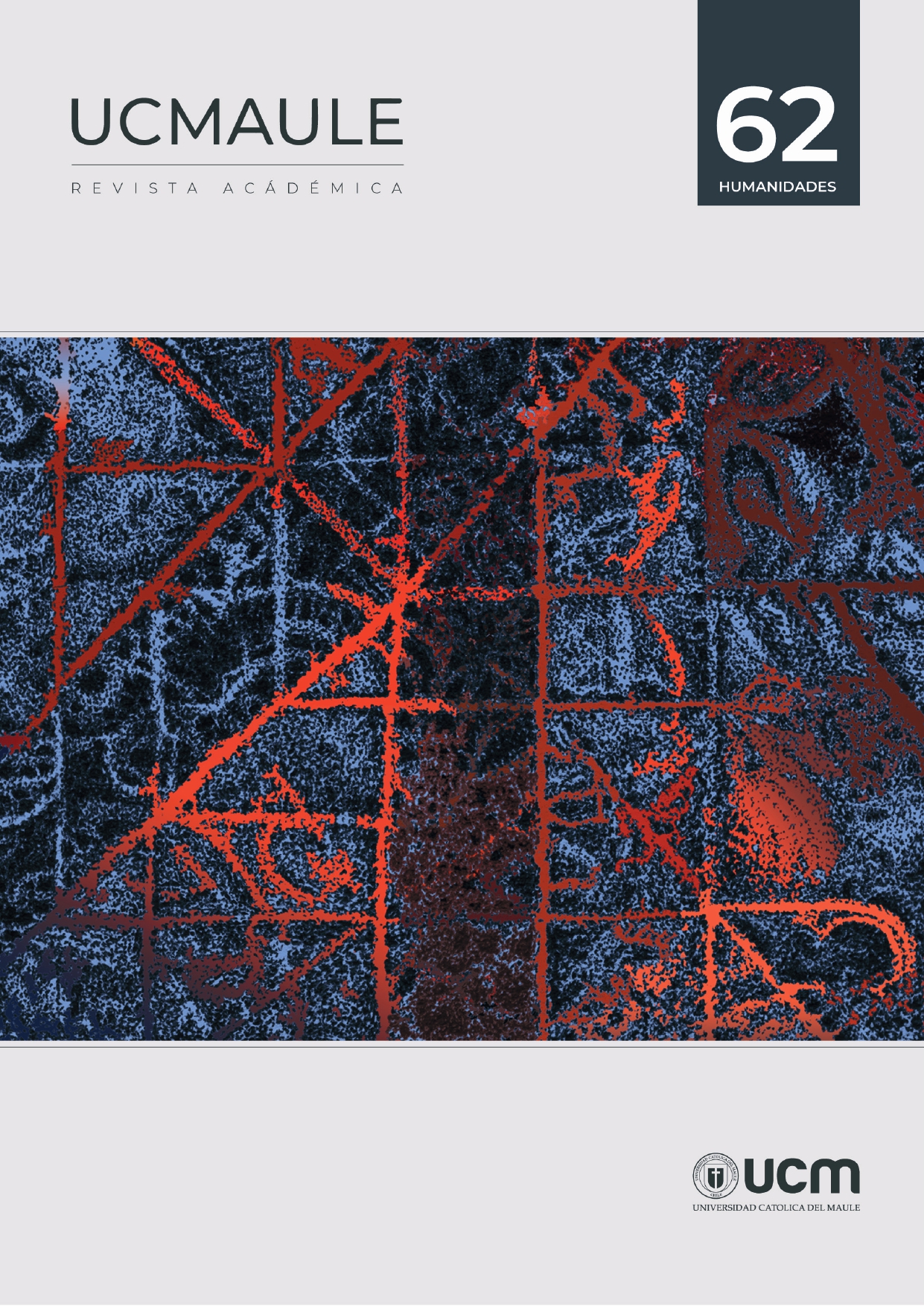Efl writing The misleading use and oversuse of connectors on the way to build cohesive texts.
Main Article Content
Abstract
Article Details
Bolton, K., Nelson, G. & Hung, J. (2002). A corpus-based study of connectors in student writing. International Journal of Corpus Linguistics, 7(2), 165-182.
Buitkienė, J. (2005). Variability of Cohesive Devices Across Registers. Studies about Languages, 7, 17-20.
Crewe, W. J. (1990). The illogic of logical connectives. ELT Journal, 44(4), 316-325. DOI:https://doi.org/10.1093/elt/44.4.316
Flower, L. & Hayes, J. R. (1981). A Cognitive Process Theory of Writing. College Compo- sition and Communication, 32(4), 365-387. DOI:https://doi.org/10.2307/356600
Granger, S. & Tyson, S. (1996). Connector usage in the English essay writing of native and non-native EFL speakers of English. World Englishes, 15(1), 17-27. DOI:https://doi.org/10.1111/j.1467971x.1996.tb00089.x
Halliday, M. & Hasan, R. (1976). Cohesion in English (English Language Series; n.º 9).Longman.
Hyland, K. (2021). Teaching and Researching Writing (Applied Linguistics in Action).Routledge.
Huck, G. (2015). What Is Good Writing? Oxford University Press.
Lee, I. (2002). Teaching coherence to ESL students: a classroom inquiry. Journal of Second Language Writing, 11(2), 135-159. DOI: https://doi.org/10.1016/s1060- 3743(02)00065-6
Leńko-Szymańska, A. (2008). Non-native or non-expert? The use of connectors in na- tive and foreign language learners’ texts. Acquisition et Interaction En Langue Étrangère, 27, 91-108. DOI: https://doi.org/10.4000/aile.4213
Machado, C., De Marco, A. y Cañete, V. (2013). Cuando el uso de conectores afecta el desarrollo lógico de un texto en inglés. Desafíos de la Glotodiversidad en el siglo XXI (pp. 346-351). Universidad Nacional de La Pampa.
Machado, C. y Tuero, S. (2014). Do Students Use More Connectors When They Write Longer Texts? A Study on the Use of Connectors in Paragraphs and Essays. Ac- tualización en la Enseñanza del Inglés (pp. 103-108). Universidad de San Juan.
Martin, J. R. (2015). Cohesion and texture. En Schiffrin, D., Tannen, D. & Hamilton, H. (eds.), Handbook of discourse analysis (pp. 61-81). John Wiley & Sons, Ltd.
Mohamed, A. H. & Omer, M. R. (2000). Texture and Culture: Cohesion as a Marker of Rhetorical Organisation in Arabic and English Narrative Texts. RELC Journal, 31(2), 45-75. DOI: https://doi.org/10.1177/003368820003100203
Saputra, A. & Hakim, M. A. R. (2020). The Usage of Cohesive Devices by High-Achieving EFL Students in Writing Argumentative Essays. Indonesian TESOL Journal, 2(1), 42-58. DOI: https://doi.org/10.24256/itj.v2i1.1227
Van Dijk, T. A. (1989). Estructuras y funciones del discurso. Siglo XXI Editores, México. Witte, S. & Faigley, L. (1981) Coherence, Cohesion, and Writing Quality. College Composition and Communication, 32, 189-204.
Wu, H. (2019). A Corpus-based Analysis of TESOL EFL Students’ Use of Logical Con- nectors in Spoken English. Theory and Practice in Language Studies, 9(6), 625. DOI:https://doi.org/10.17507/tpls.0906.04
Zhang, M. (2016). A multidimensional analysis of metadiscourse markers across written registers. Discourse Studies, 18(2), 204-222. DOI:https://doi. org/10.1177/1461445615623907

Esta obra está bajo una licencia de Creative Commons Reconocimiento-NoComercial-CompartirIgual 4.0 Internacional

